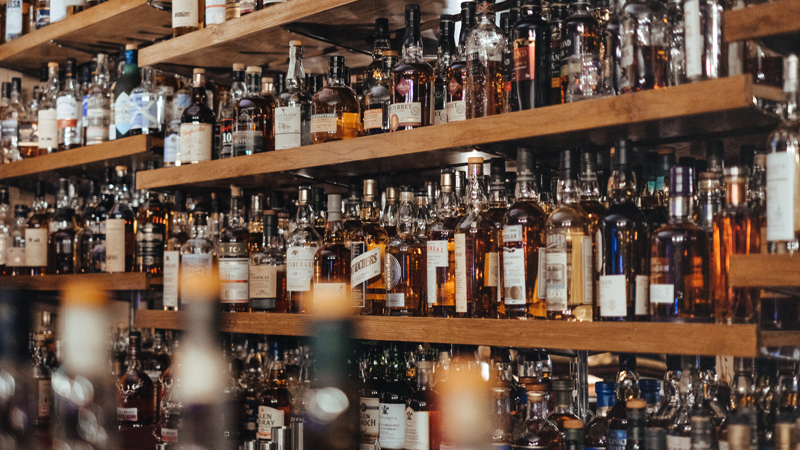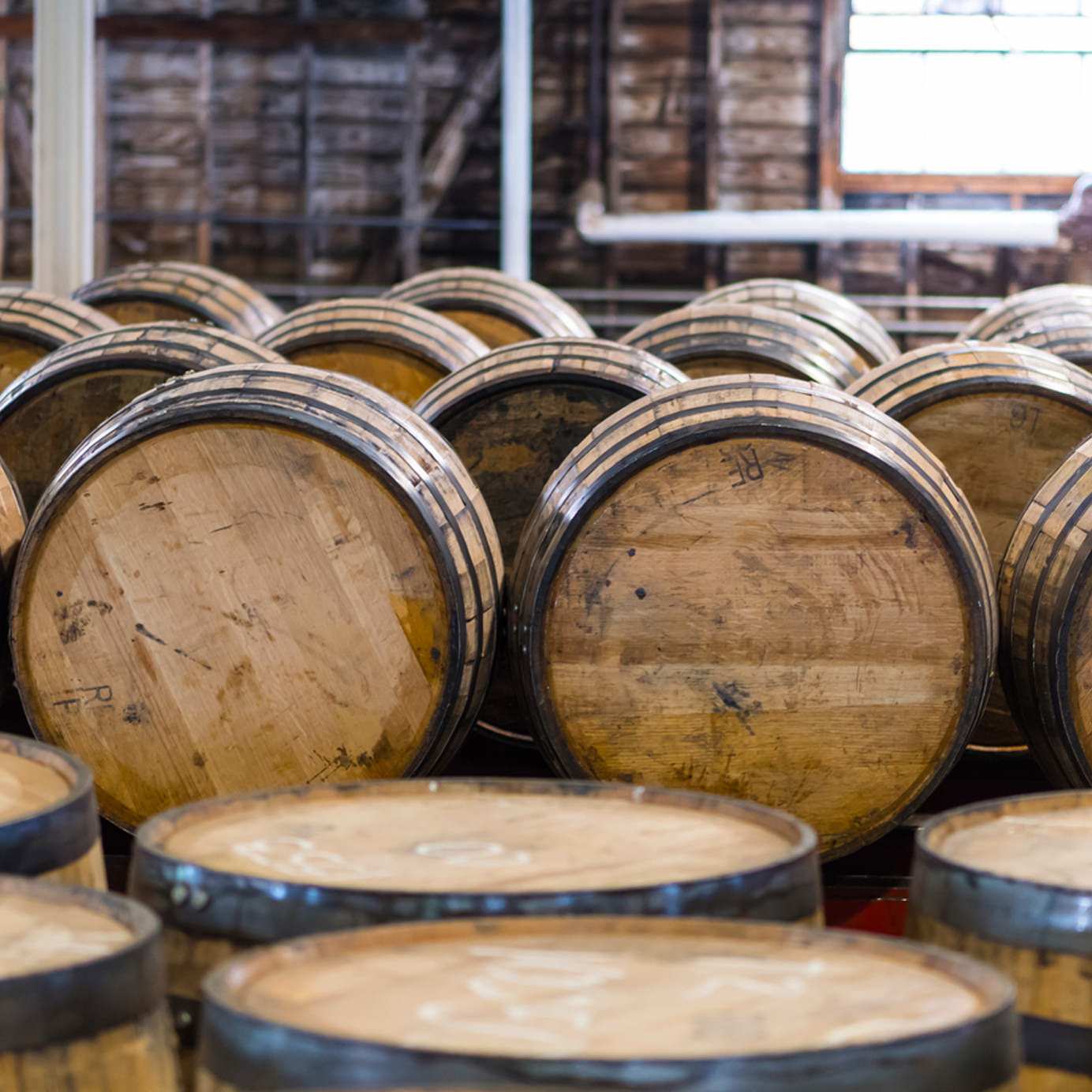This spring, Buffalo Trace commemorated the filling of its 7 millionth barrel of bourbon with a celebration at its Frankfort, Ky., distillery. The barrel in question was signed by a bunch of workers and some visiting journalists and then rolled through the crowd into the tiny Warehouse V, a “single barrel” warehouse/tourist attraction, as Sazerac president and CEO Mark Brown spoke about the significance of the occasion. After he finished, everyone gathered on the lawn to enjoy some lemonade and cupcakes (despite all those barrels, no bourbon was served).
Buffalo Trace is expanding at a record-crushing pace. It took the company almost 10 years to get from 6 to 7 million barrels; now 30 new warehouses are due to be constructed over the next decade, each of which will hold almost 70,000 barrels. A new still will also be installed, doubling what is already said to be the industry’s largest. New boilers, cookers, and fermenters will also be added. By 2020, it will take Buffalo Trace only about 18 months to reach the next million-barrel milestone, a marked increase in bourbon production.
It’s not alone, either. Jim Beam recently filled its 15 millionth barrel, less than two years after hitting 14 million. Heaven Hill just hit the 8-million-barrel mark, hot on the heels of an announcement that it plans to expand its Bernheim distillery facility.
This begs the question: Is there such a thing as too much bourbon? The whiskey business is based on prediction and foresight. If you fill a barrel today, you can’t expect to get a return on it for at least four years — although certain craft distillers have taken to releasing much younger, and arguably inferior, bourbon.
Despite the increased competition and output, distillers are bullish about bourbon’s bright future.
“I don’t see the momentum of bourbon slowing down, since there are so many people out there looking for authentic, versatile, and delicious spirits to enjoy,” Fred Noe, Jim Beam’s master distiller, says. “We don’t share specifics on production estimates, but I’m sure our 16 millionth barrel will hit before we know it.”
Thus far, the market seems to be embracing the notion of “more is more (bourbon).” According to the Distilled Spirits Council, more than 23 million cases of American whiskey were sold in 2017, much of it bourbon, bringing over $3 billion in revenue for distillers.
“Over 82-plus years, we’ve been able to ebb and flow with the market,” master distiller Denny Potter says. “Part of that is weathering the storm in rough times and continuing to make good whiskey in boom times.”

To Potter’s point, times have not always been so good. In the late 1970s and through the early 2000s, when limited-edition bottles and cult favorite Pappy van Winkle burst onto the scene, bourbon was overshadowed by vodka’s immense popularity. Canadian whisky also invaded the domestic market during this time, birthing a generation of blended-whisky acolytes with little interest in American expressions.
If the modern bourbon boom seems unsustainable, consider the spirit’s pre-Reagan-era success, says David Ozgo, chief economist at the Distilled Spirits Council.
“The peak North American whiskey consumption — bourbon, Tennessee, rye, Canadian, and blended — in the U.S. occurred around 1970 at 80 million cases,” Ozgo says. The numbers decreased from there for several decades.
And the industry still hasn’t returned to its 1970s heyday. With current estimates around 50 million cases, Ozgo believes there is still plenty of room for growth.
Kentucky distilleries and the mega corporations that own them, as well as smaller craft operations, are betting their livelihoods on it as they continue to pour money into the industry. Jack Mazurak, communications director for the Kentucky Cabinet for Economic Development, says that about 100 spirits-related projects have been announced in the state since 2012, totaling more than $1 billion in investment — not to mention over 1,000 jobs.
Stoli Group broke ground last fall on a $150 million Kentucky Owl Park, which will be home to a distillery, warehouses, a bottling center, and a vintage passenger train.
“While the current trend in bourbon-related expansions, new distilleries, and related facilities may level off, the bourbon industry is only now attaining its full size,” he says. “We’re likely to see the industry at that scale carry forward. As a uniquely American-born, nurtured, and bred spirit, bourbon occupies a singular position that would be difficult for any other spirit to attain.”
There are a whole lot of people spending a whole lot of money in hopes that this prediction proves to be true. There is some risk to this gamble. Unlike previous generations, today’s consumers tend to drink across categories, sipping bourbon one night and wine the next — or eschewing liquids entirely for something a bit more, well, green.
The industry’s ace in the hole could be exports.
“Despite the renaissance the category has enjoyed, bourbon is still underdeveloped globally versus other whiskey categories like Scotch,” Rob Mason, vice president of whiskies marketing at Beam Suntory, says.
Heaven Hill’s Potter concurs, saying that the next frontier of bourbon is the global market. If you order a whiskey outside the U.S., he says, 90 percent of the time you’re going to get Scotch.
“Globally, the total market for Scotch and American whiskey is $6.7 billion,” Potter says. “In today’s market, Scotch accounts for an 82 percent share of those sales. If American whiskey moved the needle just 10 percent, exports would exceed $2 billion. Compare that to domestic American whiskey sales of $4 billion.”
For political and logistical reasons, 2018 could be a challenging time to bring a distinctly American spirit to international markets. On the flip side, however, Americans embraced vodka, an Eastern European spirit named for a Russian word, in the heat of the Cold War. No one can predict a country or a product’s economic future, least of all its drinkers.
